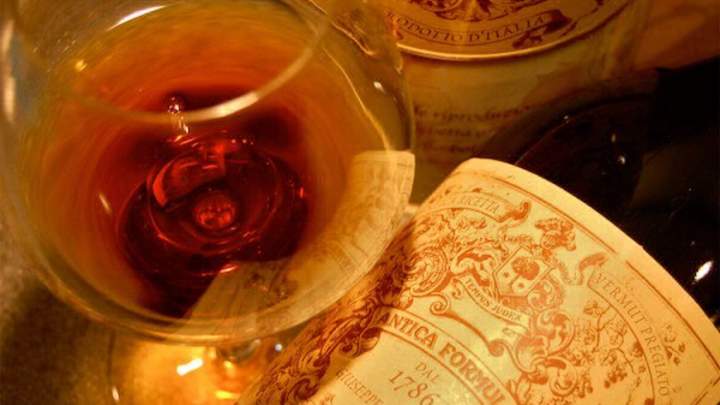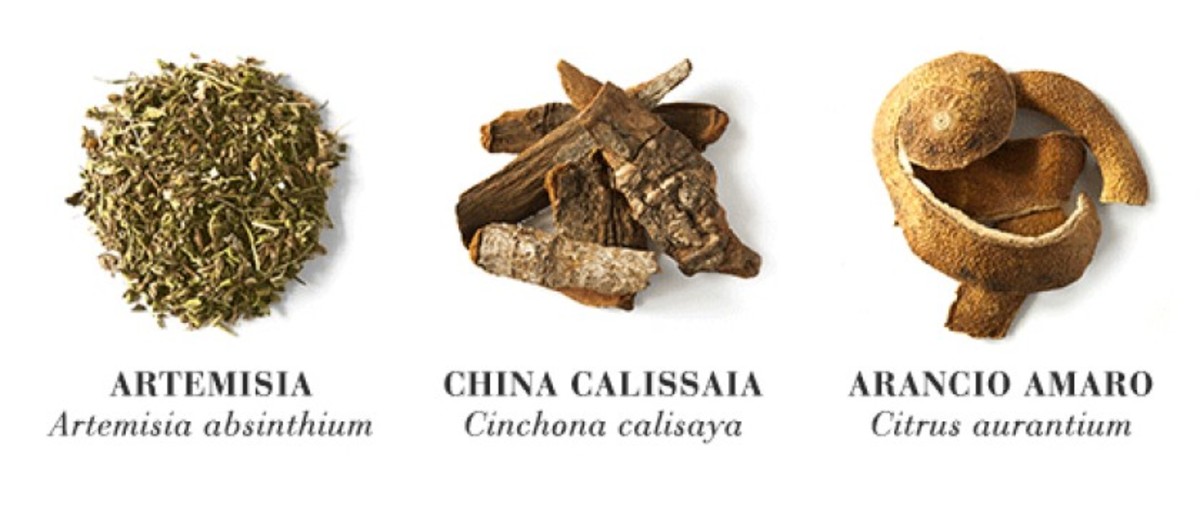Vermouth re-emerges on cocktail scene

Why is everyone suddenly drinking manhattans, martinis and negronis? And if they’re not, they should be. It’s about the vermouth.
So many new, excellent vermouths are suddenly appearing on the shelves of bars and liquor stores. In fact an entire new category of vermouth was recently announced in Italy: Vermouth di Torino, created for quality vermouths produced only in Turin, Italy, where vermouth was invented.
Vermouth is a cornerstone of many cocktails, like the classic martini and manhattan and — though surprisingly few cocktail aficionados are aware of this.
Vermouth was first created in 1786 by Antonio Benedetto Carpano, a young man who worked in a wine shop in the center of Turin [pronounced Torino in Italian], a small city in northern Italy. Carpano’s aromatic drink immediately became a royal favorite, relished by the local rulers, the kings and dukes of Savoy. The drink was also affordable for many well-to-do merchants and tradesmen in Turin.
Soon, the vermouth hour became a regular part of the day. Men-about-town would convene in the central plazas of Turin in the early evening to converse about the latest news over a glass of red vermouth. They found that the drink’s herbs and spices, and its combination of bitterness and sweetness, stimulated the mind, as well as the appetite, before dinner.
Vermouth production spread west to southern France, where a beautifully balanced white, dry vermouth was perfected in the early 19th century. Then a lovely, aromatized white sweet vermouth was developed, produced in both Italy and France.

The custom of an early-evening drink of vermouth persisted for decades, encompassing many other parts of the world — and also incorporating cocktails made with vermouth as a key ingredient, notably the negroni in Italy, then the martini and the manhattan, which originated in the United States.
However, toward the end of the 20th century, as more people traveled and had the opportunity to try different types of alcohol, there was a declining interest in vermouth outside of its home regions. At that time in the U.S., the available vermouths tended to be unexciting. What remained in the bottle — at home or in a bar — was often old and faded.
But suddenly, with the trending cocktail craze that began early in this century, bartenders were inspired to learn about the fine points of vermouths, and to seek out better examples to add to their cocktails. This is because vermouth adds a significant amount of complexity to a cocktail, because vermouth itself is a complex wine. Yes, wine.
Vermouth is part of a specialized category of wines called fortified wines. In the case of vermouth, local (mainly white) grapes are harvested and made into wine. However, at a specified time toward the end of the fermentation process, a precise amount of neutral spirit — essentially an un-aged grape brandy — is added to the wine. This stops the fermentation of the wine and also slightly increases the percentage of alcohol in the finished wine. After fortification, herbs and spices are added to the wine and it is aged for some months until it is ready to be bottled, sold, and consumed.
Note that vermouth is ready to drink as soon as it is released. And because it is a wine, once the bottle is opened, it is best kept in the refrigerator to preserve its enticing aromas and flavors — especially a bottle of the fine, new Vermouth di Torino.
The traditions of fine vermouths persist. Today, one of the members of the new Vermouth di Torino group still produces the very popular Carpano Antica Formula vermouth that is based on Antonio Benedetto Carpano’s original formula.
